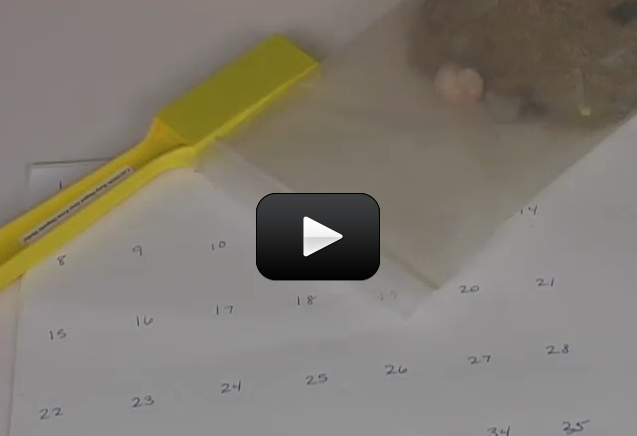Field trip time! Today you get to sift through sand and excavate your rock samples right on your own desk. This inexpensive set of rock samples contain pieces of not only fossils and gems, but true minerals and rocks also, so take your time and follow the video instructions carefully.
Please login or register to read the rest of this content.


The first item in the materials list is a collection of samples. It will provide fossils and many types of rocks. It also includes a reference card that provides identifying features for each sample.
How can you find dinosaur bones and diamonds in the rocks?
It could be calcite. Are you able to check it for fluorescence? Calcite is commonly fluorescent.
Aurora, in the last comment the clam shell was found in the Harz mountains in Germany
~ Andie
Hi Aurora, it’s Andie. Someone my dad works with brought me a fossilized clam shell that is covered in a rock. It has a
hardness of about 3 and is a grey color. Do you have any idea what it could be?
Shale leaves a white streak, so it’s hard to see on a streak plate. Usually it’s just minerals that geologists test with the streak test, not rocks, so if you want to know the streak color of a rock you have to look at which minerals are in that rock.
Aurora, does shale leave a creamish color streak and a grey streak?
Good question! Crinoid are also known as “sea lilies”. They are not plants, but animals! Technically, they are echinoderms like starfish, brittle stars and sea urchins.
Aroura, is a crinoid a plant or animal?
Hmmm… it works over here through to the end. What web browser and device are you viewing this on so we can try to duplicate the issue?
Hi, we are stuck at 9:30 in this video and cannot get it to continue playing. Could someone please check into this? Thanks!
My two favorite rocks are fluorite and amethyst
-Olivia